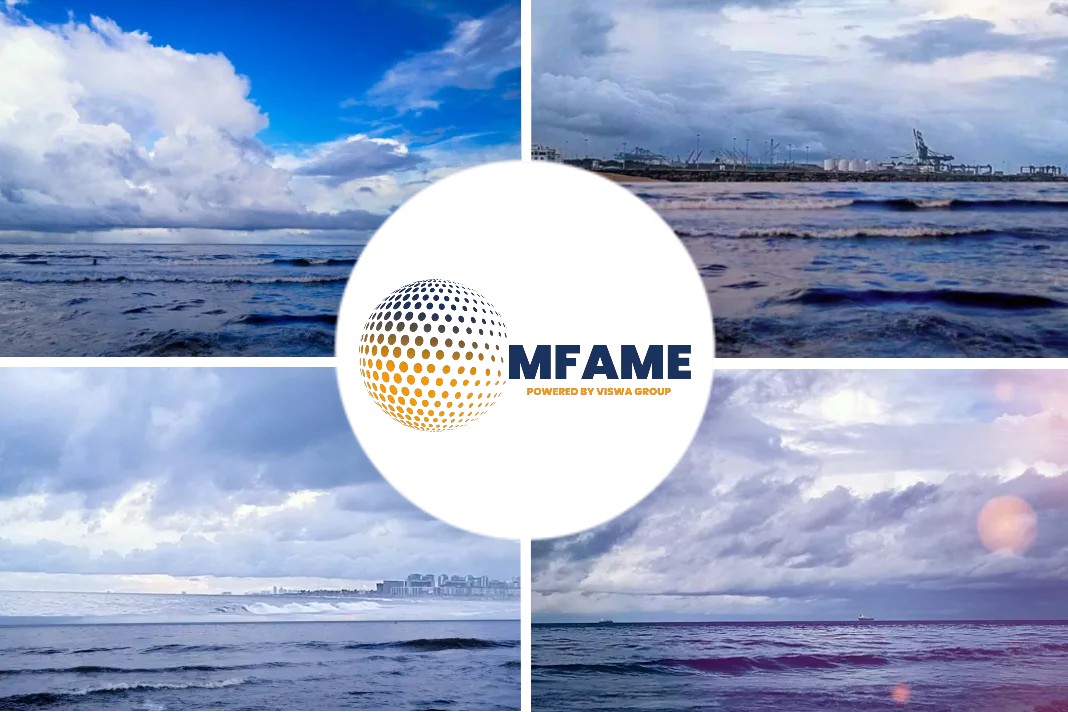- A.P. Moller-Maersk’s (MAERSKb.CO) laudable environmental haste could land the Danish shipping giant with a first-mover disadvantage.
- The $53 billion firm is splurging $1.4 billion on eight container vessels powered by carbon-neutral”methanol.
- Customers may well absorb the elevated costs, yet rivals who hold off could sail away with cheaper and greener halos.
A recent news source published in the Reuters by Ed Cropley states that Maersk’s green ships have first-mover disadvantage.
Undeniably brave step
Chief Executive Soren Skou’s initiative is undeniably brave – the eight ships in question cost up to 15% more than normal ones, and methanol is at least twice the price of the gloopy bunker oil currently moving the world’s shipping fleet.
But it’s necessary. Shipping accounts for nearly 3% of global emissions, roughly the same as aviation, and Maersk is its biggest player.
Last year it chucked out 34 million tonnes of climate-warming gases like carbon dioxide.
Skou has a safety net
On the first point, Skou has a safety net. If Maersk’s entire fleet had run on methanol in 2019, his $4.5 billion of EBITDA would have been zero.
However, clients like Amazon and Unilever (ULVR.L) are probably happy to fork out the extra to reduce the carbon footprint of the stuff they flog.
And the premium is indeed slight.
Methanol-powered boat
The Hydrogen Council reckons a $60 pair of jeans made in Southeast Asia and shipped to the United States on a methanol-powered boat would be just 29 cents dearer.
On the second point, Skou could arguably go further. When they’re afloat in the middle of this decade, the new ships will save just 1 million tonnes of carbon dioxide equivalent a year, a sliver of Maersk’s total.
And burning methanol still produces carbon dioxide, the saving grace being that it is recycled from plants, rather than being “new” carbon from deep underground.
Carbon-free fuel like hydrogen or ammonia
A better solution is carbon-free fuel like hydrogen or ammonia.
The former remains prohibitively expensive – the Hydrogen Council says it will only make commercial sense by 2030 with carbon dioxide taxed at $335 a tonne.
But the equivalent figure for ammonia is just $85, only slightly above its current price in Europe and half the estimated break-even cost for methanol.
Ammonia’s toxicity is admittedly a problem, and engines that burn the compound are still a work in progress.
However, the technology may only be a couple of years away from commercial viability. Skou’s rivals, if they can wait that long, may reap a greener and cheaper harvest.
Did you subscribe to our daily newsletter?
It’s Free! Click here to Subscribe!
Source :Reuters


















